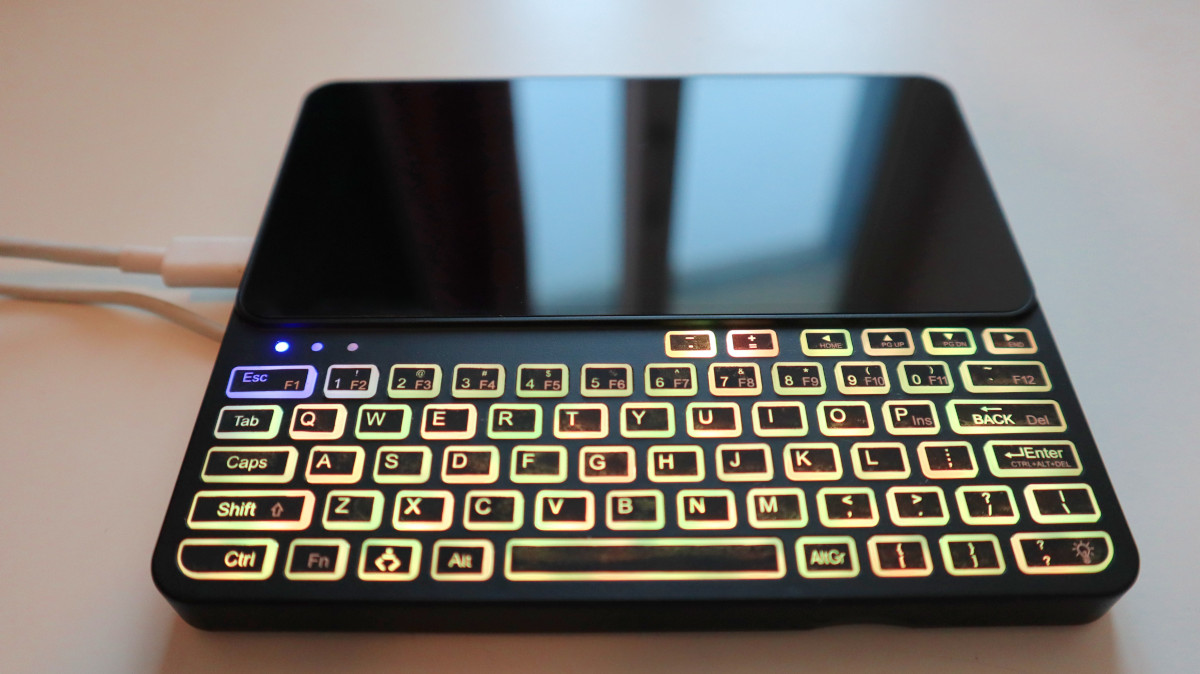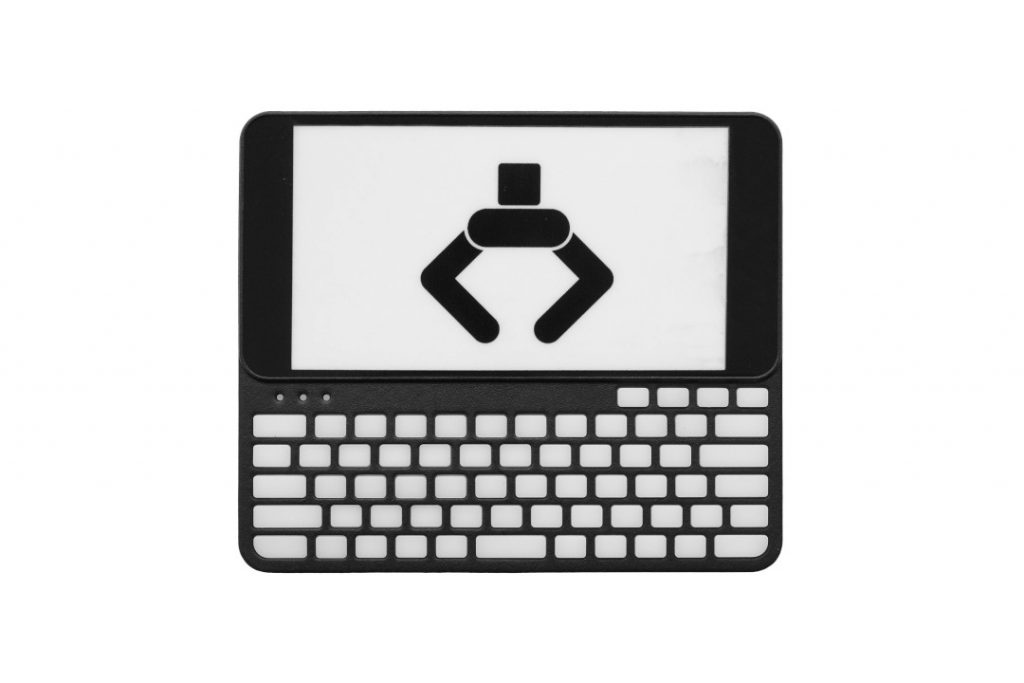Welcome to another update regarding Pocket P.C.’s development and production plan. We want to thank everyone for your patience and understanding. As you will read below, we have recently overcome a major hurdle regarding selecting and designing the right LoRa antenna.
There has been much testing of each and every component of the Pocket P.C. PCB and there have been many communications and in-person meetings with vendors to get support and clarification on product features.
This past month, we have also made some minor corrections to the PCB design and schematic. Once we have placed the order for the new sample PCBs, we will open source the latest design on GitHub.
The LoRa module communicates
We were able to successfully test the LoRa capabilities of Pocket P.C. w/ LoRa. Our tests showed that we were able to send data through multiple concrete walls in our office and from a 16-story window to the ground floor.
We have selected the RAK4200 LoRa module from RAKWireless. This module has the same specifications as the Murata module we originally selected however RAKWireless provides us with much better technical support and customer service that is invaluable during development and afterwards when you, the user, has questions about the module that we can’t answer.
The RAK4200 has a robust AT command set that allows you to easily join a LoRaWAN network or communicate peer-to-peer. You can read more about this module on their documentation page here: https://docs.rakwireless.com/Product-Categories/WisDuo/RAK4200-Module/Overview/
By using the built-in Black Magic Probe, we were able to download the latest firmware available on their website and update the RAK4200 module immediately without any special tools besides the GDB software which will come pre-installed.
LoRa Antenna Efficiency Issues
Despite our initial successes with the LoRa module we found that during initial RF lab testing of the performance of the antenna the efficiency of the FR4 chip antenna that we selected was very low. This was determined to be due to the close proximity of the antenna to the LCD, which has a metal backing, and the structure of the enclosure itself. To resolve this issue a different type of antenna had to be selected and tested. We consulted with a few expert antenna engineers and performed software simulations with special software and found similar results to what we found in RF lab testing.
Fortunately, our antenna vendor proceeded to create a custom antenna for our device from scratch.

Here you can see that the antenna vendor’s engineers used copper foil to prototype various antenna designs. The antenna prototype pictured above provided the best efficiency.

After prototyping the antenna with copper foil, we had some samples made. On the left of the above photo is the sticker side of the sample antenna where you can see the antenna pattern and on the right is the connection side where there is an exposed copper area that connects to pogo-pins soldered on the PCB.

In order to test the new antenna our antenna vendor made some modifications to our existing PCB. Pictured above are the two pogo-pins that connect the main PCB to the antenna. One is the RF feed signal and the other one is ground. To design and develop a new antenna we removed the original antenna and scraped away the antenna pads and ground copper. We then drilled holes in the PCB so that the pogo-pins can be mounted. The RF feed pogo pin was then connected to the LoRa module via a coaxial cable with an ipex connector. In the final PCB, we will use the RF pad on the module and will not use a coaxial cable which should improve performance.
External LoRa connectors?
We’ve received some requests for the ability to connect an external LoRa antenna to Pocket P.C. w/ LoRa. We are evaluating how we can offer that capability. This would require a PCB mounted antenna and a hole in the case. We won’t be able to test the feasibility of an external antenna connector until after we enter mass production of the Wi-Fi/Bluetooth only version and the LoRa version with an internal antenna for those that opt for it.
Software
- We recently were able to get Ubuntu 18.04 booting on Pocket P.C.
- The display backlight driver has recently been tested to work properly. (See below)
- The touch driver has been tested but will require some more work to properly calibrate and improve responsiveness.
- The display video driver development is put on hold until the next version of the PCB is assembled. It is estimated that it will require an additional 5-10 days to complete and work will resume once the new units are in our software developers hands.

PCB Updates
We added another communication bus (I2C) to the system controller from the main SoC so that it can have more insight into the operation of the entire system while performing its role as the keyboard controller over USB.
Shipping Update
As both versions of Pocket P.C., one with LoRa and one without both use the same PCB, the above issue with the antenna led to delays for both versions. As we have a clear path forward now, we will be ordering the next round of PCBs for another quick verification production run to prove the changes we made in the latest revision. This should take two additional weeks. With the most recent changes verified then we can start P.V.T. with mass production to follow soon after. Our current target for when we will be shipping is in June. We will be shipping the version without LoRa first to allow for any extra time that may be required for certifying the radios in the LoRa version.
Final Thoughts
With major development work being done, we will be focusing our efforts on the software offerings that will be available at launch. We will have a limited number of Pocket P.C. available in the next production batch that can be used for bring-up of new distributions. If anyone is interested in porting a Linux distribution that they are familiar with to Pocket P.C. please contact us. Also, please contact us if you are interested in using Pocket P.C. in a business or industrial setting, we can offer pre-production units for a limited-time product evaluation.
If anyone has contacted us and has not received a response, we apologize for the delay. We have been heavily involved in solving the remaining design issues so we can get Pocket P.C. into production. Please feel free to follow-up on your previous email to receive a quicker response.
Thank you everyone again for your patience and for being early supporters of Pocket P.C. We are excited to get your Pocket P.C. in your hands and see what you do with it.










